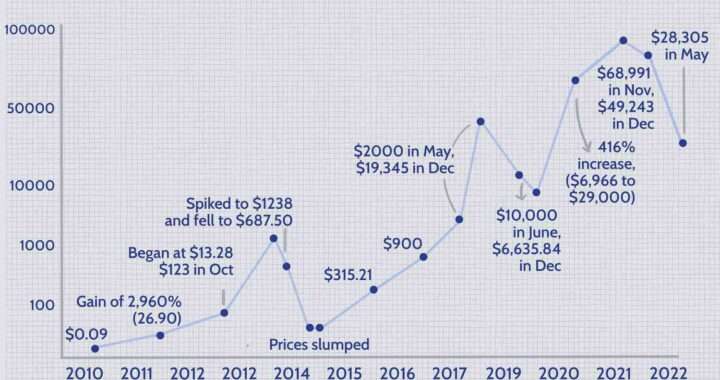If you have been in the crypto space long enough, you are aware of the 2016 Bitfinex heist that made headlines, an occurrence that sent a shockwave of distrust depicting the security of Crypto exchanges as child’s play. In a sudden twist of events, Ilya Lichtenstein, the mastermind behind these atrocities is now a government witness in the US-based trial. He has shed light on some, if not all, strategies he used in the 2016 Bitfinex heist. The saga offers a glimpse into the underworld of digital crime, laying bare the vulnerabilities that even the most advanced Cryptocurrency exchanges face. The Bitfinex Hacker is now a government witness, providing critical details.
The Bitfinex Heist: A Global Wake-Up Call
Lichtenstein disclosed a detailed account of his heinous operations in what looks like a plot lifted from an award-winning cyber-thriller. Evidently, this was one of the largest Bitcoin thefts from the Hong Kong-based Cryptocurrency exchange, sending ripples across the globe. The theft entailed fraudulent procurement of large Bitcoin numbers, an eye-opener on the imminent security threats in the digital space.
Unveiling the Tactics Behind the Hack
Acting as a cooperating witness for the US government, Lichtenstein explained the tactics he and other collaborators used to infiltrate Bitfinex’s security systems. It didn’t end there. The criminal enterprise extended its tentacles to other leading Cryptocurrency platforms like Coinbase and Kraken. Interestingly, the Bitfinex Hacker is now aiding the government in understanding these tactics.
According to Lichtenstein, the motive that led him towards having Bitfinex as a target was as a result of the challenges, he encountered with his technology startup in San Francisco.
Among the dubious tactics unveiled was the reliance on Bitcoin Fog, a Cryptocurrency mixing service, now convicted for aiding in the laundering of darknet marketplace transactions tied to illegal narcotics in the US. This was one of the many sophisticated strategies he used to obscure the trail of the stolen funds. The Bitfinex Hacker, now a government witness, described these mechanisms in court.
In his testimony, Lichtenstein revealed the process he used to acquire customer passwords. He then used these passwords to access accounts on other exchanges. Several mixing services helped conceal the origins of the ill-acquired funds. However, Lichtenstein confirmed that he did not use them for the bulk of the laundering. Instead, he resorted to depositing funds into various Cryptocurrency exchanges using fake identities acquired from the darknet.
The legal proceedings also revealed Lichtenstein’s accomplice in this elaborate web of deceit – his wife, Heather Morgan. Both pleaded guilty for their roles in the Bitfinex hack. Prosecutors outlined how the duo used fake IDs to establish online accounts, regularly making deposits and withdrawals from different exchanges and dark web markets to conceal their digital footprint. In a bid to clean the fraudulent rewards, some funds were channelled to purchasing luxury items like NFTs and gold.
Lessons Learned and the Future of Cryptocurrency Security
The Lichtenstein confession comes as a significant moment in understanding cybercrime’s complexities, serving as a reminder of the vulnerabilities existing within the digital finance sector. For Cryptocurrency users and investors in the UK and the world, this incident is among many, emphasizing the need for heightened vigilance and robust security measures to safeguard digital assets. As the aftermath of the Bitfinex heist unfolds, the crypto community must reflect on the lessons learned. There is an urgent need for an enhanced security framework to prevent future occurrences. The Bitfinex hacker now serves as a government witness. His insights could play a key role in shaping future security measures.
Disclaimer: This article is provided for informational purposes only. It is not offered or intended to be used as legal, tax, investment, financial, or other advice.












